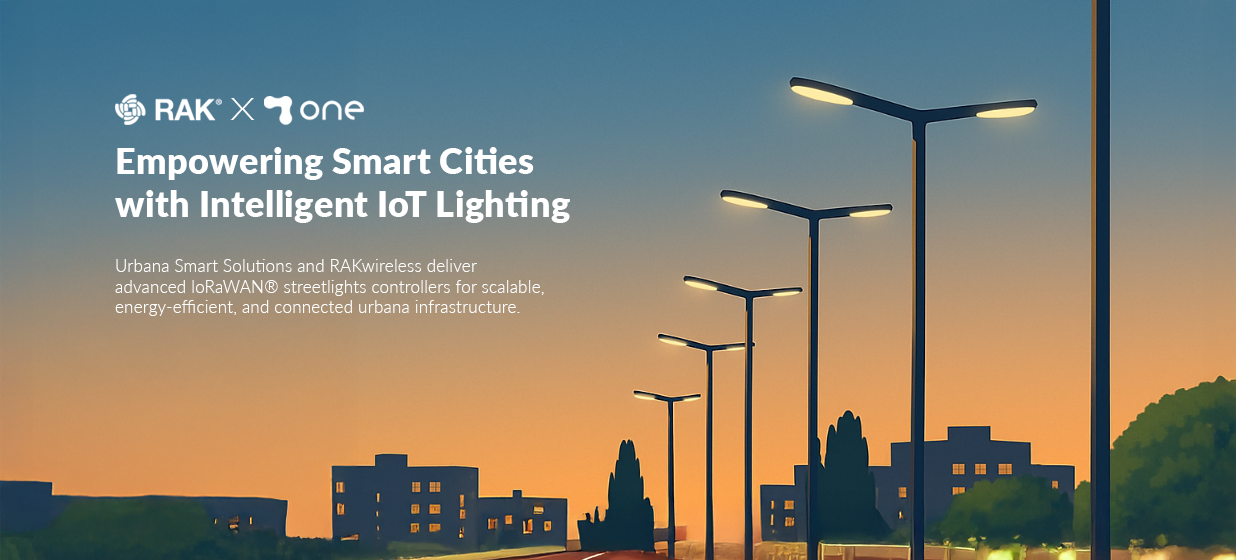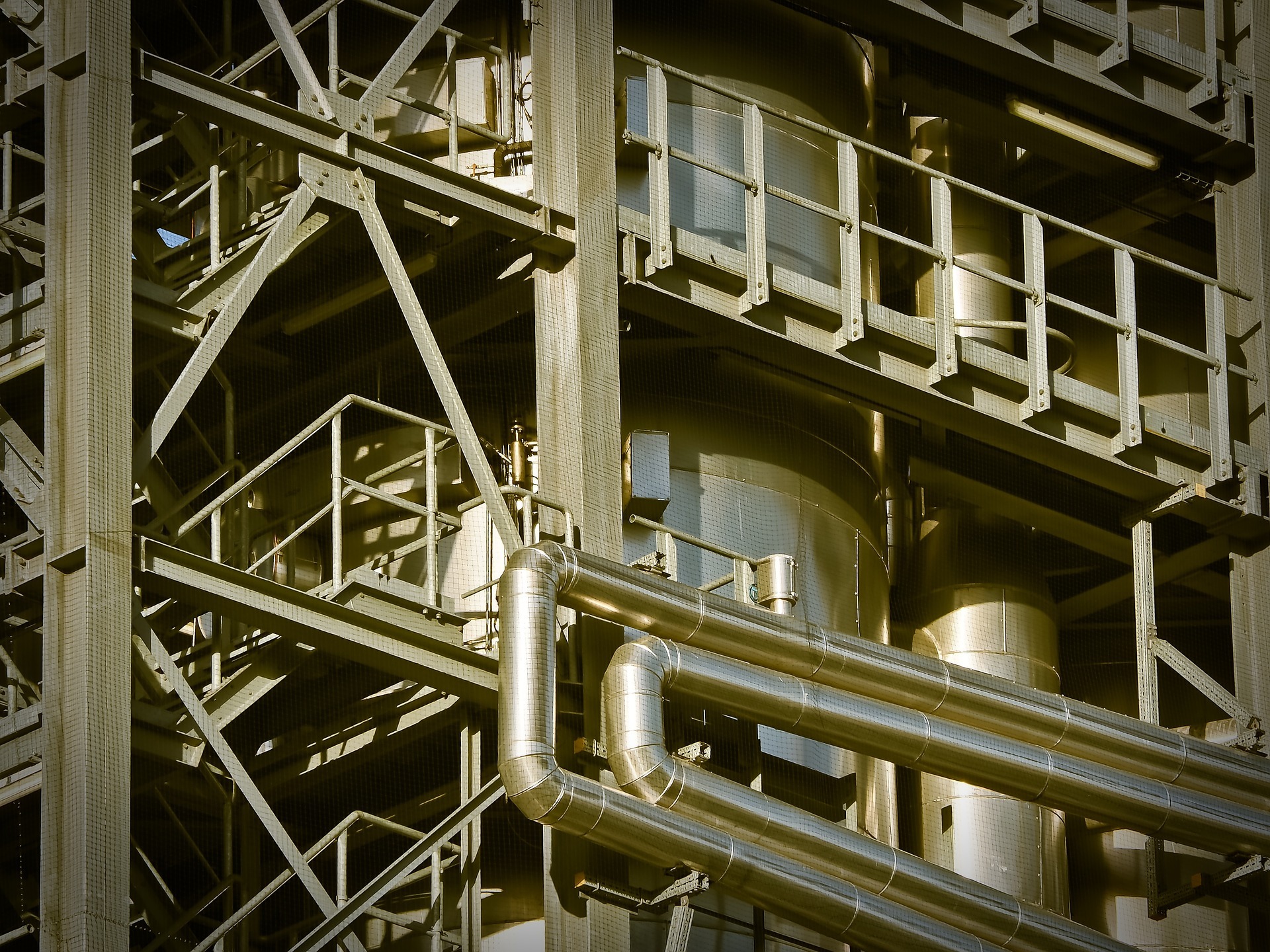
The IoT for smart cities’ creation
Urbana’s solutions for smart cities
We often hear about smart cities. A smart city is a technological, smart, and innovative area that is able to support digital transformation for the creation of a sustainable and ecological city.
The set of processes and strategies implemented by smart cities affect, in addition to the environmental status, the well-being of citizens ensuring a high quality of life. The component that affects the creation of smart cities is the IoT – Internet of Things – able todigitize areas within cities and, at the same time, buildings: smart buildings.
Creating sustainable cities becomes a need as well as to be realized, to be satisfied. Cities are attractive centers that offer multiple opportunities compared to rural areas. All this translates into a greater waste of resources, consumption and energy.
Today more than half of the world population – 4.2 billion people – lives and works in cities and it is estimated to be 60% in 2030 and over 70% in 2050. These numbers are continuously increasing since 80% of production and service activities are concentrated in urban centers.
The smart city phenomenon is therefore not to be considered as a current trend, but it is a real need, as indicated by the UN in objective 11 of the Agenda 2030 for Sustainable Development and by the National Recovery and Resilience Plan (PNRR). This Plan, prepared by Italy to relaunch the post covid phase, aims to lead the country towards digital transformation.
IoT’s impact on the Smart City
In the creation of smart cities, the IoT presents itself as the key solution to enable cities shift towards technological and digital evolution. PAs often need to work on existing structures. Avoiding invasive interventions, to strengthen your business with new features, allows you to focus on important aspects that previously enjoyed little relevance.
The main feature of “innovative cities” is the ability to collect, analyze and process data with the possibility of making different objects communicate with each other. To do this, the first aspect to keep in mind are the long distances to cover.
One of the most effective means, also used by Urbana, is the LoRaWAN® communication protocol which has multiple benefits:
LoRaWAN solution allows the municipality to effectively collect all the information detected by the devices installed in the city which constitute a fundamental support system for monitoring the urban area, for the efficiency of resources and for making timely choices by drawing up increasingly precise and achievable objectives.
For example, traffic data and air quality parameters can help you decide to implement certain maneuvers to avoid prolonged vehicle stops.
Urbana’s solutions for Smart City
Urbana has created the Smart City Suite with the aim of creating a network for the Public Administration in which citizens, companies and PA can integrate their existing sensors and models on a single platform. Urbana, thanks to the combination of hardware and software skills, adopts a multidisciplinary and complete design approach to support digital transformation.
The Smart City IoT Suite, accessible from the web, allows municipal structures to remotely manage, access complete information about the city in real time, while citizens will view the data and communications that the municipality decides to share.
Among the solutions designed by Urbana for smart cities we find:
One of the major causes of consumption and waste of resources comes from the high use of electricity. To meet cities’ needs by reducing consumption, the IoT is a solution that offers to public and private organizations to possibility to save energy with smart lighting systems.
A smart lighting system allows you to collect data from infrastructure throughout the city or in commercial buildings to make informed decisions about use and maintenance.
The devices connected thanks to the Cloud centralized control system can be monitored individually and configured to reproduce specific lighting programs (for example in the case of squares’ events) or through the astronomical switch function.
This allows you to configure the switching on and off based on the sunrise and sunset times. The warning and stopping are regulated based on various parameters. These include latitude, longitude, time zone and the surrounding area (mountains, hills, etc).
The monitoring and management of city’s parking areas is an important aspect especially if related to mobility and traffic.
Urbana’s parking solution, using IoT technology, is a valid solution for managing and analyzing a variety of data relating to parking performance. In addition, the smart parking allows you to collect immediate data relating to occupancy. These are essential for those who need a free parking area and need to provide correct information on the availability of parking spaces.
For this solution Urbana relies on LoRaWAN® technology and offers two types of devices capable of detecting the presence of vehicles:
- parking sensors: ideal for identifying the presence and occupation of a car in a single slot of a parking area. The presence of a double technology that integrates magnetic and radar detection are the main qualities that characterize this device.
- ai Cam: has a multi-slot detection and is a device capable of not being affected by reduced radio signal performance.
Mobility monitoring
To improve road quality and sustainability, it is necessary to reduce traffic congestion, air pollution and energy consumption, to achieve the goals set for the creation of smart cities. For all this to happen, it is interesting to implement an IoT solution aimed at real-time monitoring of vehicle mobility and pedestrian flows.
Cameras and sensors can communicate with each other to control, monitor and collect data on flows, thus activating any actions and interventions.
In the case of vehicle monitoring, these systems allow:
- detection of car license plates to verify insurance coverage;
- the management of daily traffic so as not to make costly changes to the infrastructures;
- identification of traffic congestion points;
- reduction of travel times and consequently less air pollution.
For pedestrian monitoring, on the other hand, it is possible:
- check the number of people accessing certain areas of the city, such as the historic center or the shopping areas
- implement actions to limit or channel the pedestrian flow on different paths to ensure social distancing.
Ambience monitoring
Sustainability and the adoption of green attitudes are the foundations of a smart city. For the environmental parameters to meet and respect the indicated air quality values, a solution for environmental monitoring is required.
Specific sensors are useful in environmental monitoring and therefore in the analysis of air quality (PM 1-2.5-10), temperature, vibrations and noise, watercourse level, solar radiation level.
These devices record data that can be of help in reporting to the authorities a potential emergency and the exceeding of threshold levels.
Having air quality and environmental parameters under control means protecting the health of people and the environment.
Urbana’s value
The ability to work on existing structures, avoiding invasive interventions, is certainly the first advantage that characterizes Urbana. Thanks to this it is possible to strengthen your business with new features that allow you to focus on aspects that may not have been considered before.
Another important element of Urbana concerns the combination of hardware and software skills. This relationship makes it possible to adopt a multidisciplinary design approach to support digital transformation.
The timely collection of data, inherent in the operation of the connected devices, determines city’s progress. All this allows you to make predictions on future trends and draw up increasingly precise and achievable goals.


